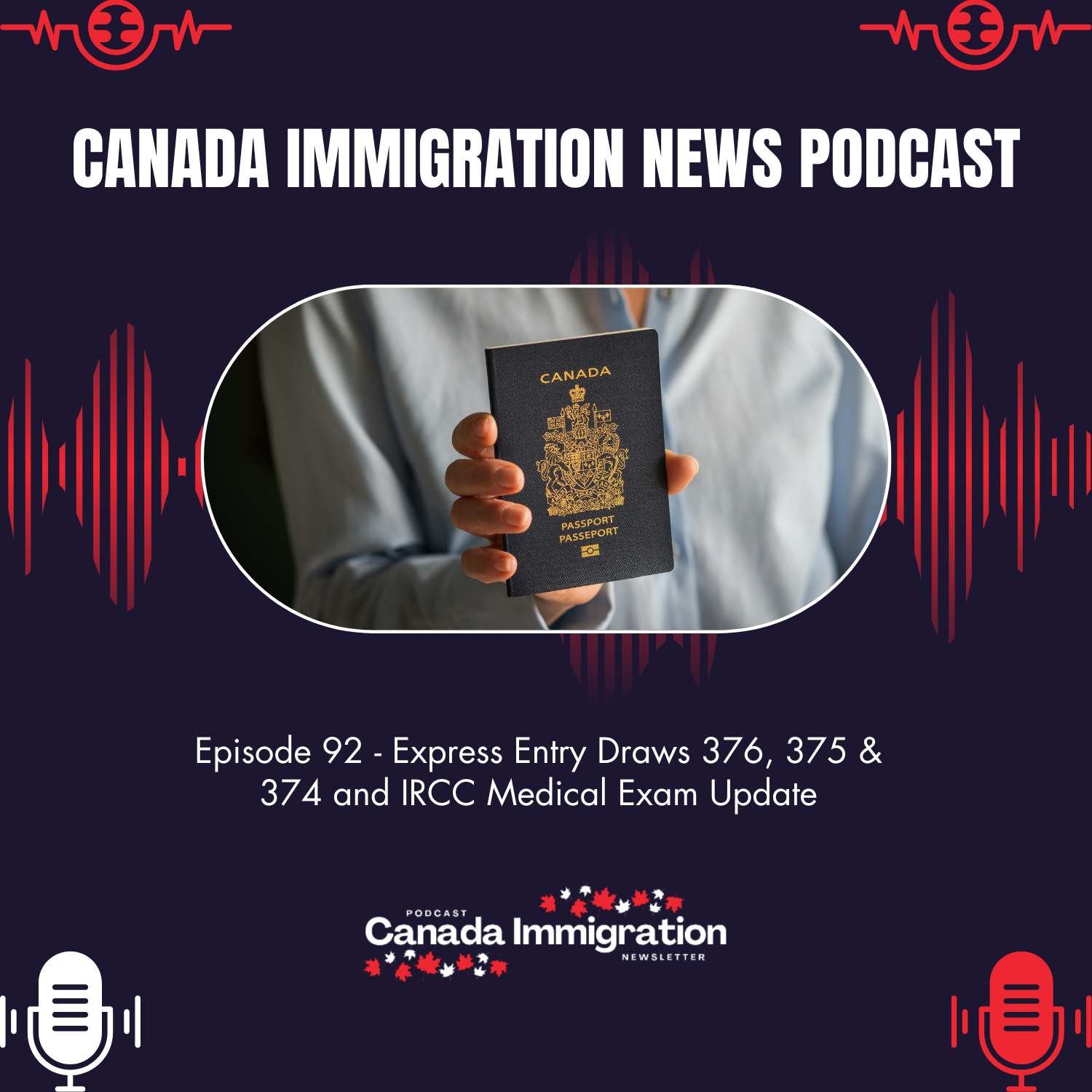Uncategorized
Arab Populations in Canada: Statistics Canada Study Reveals Growth and Strong Education Trends

A new report brings fresh insight into one of the fastest-growing communities in the country. Statistics Canada releases a comprehensive study on Arab populations showing rapid growth and high education levels, revealing not only population increases but also strong academic and professional achievements. The findings highlight how Arab Canadians are shaping the nation’s social and economic landscape in unique and meaningful ways.
Rapid Growth Across Two Decades
According to the study, the Arab population in Canada has more than tripled since 2001, reaching nearly 796,000 people in 2021. Projections suggest that the number could rise to between 1.4 and 1.9 million by 2041. This growth is fueled by both immigration and the expanding Canadian-born Arab population.
The largest concentrations of Arab Canadians live in Ontario and Quebec, with notable communities in Alberta and other provinces. Quebec is home to more than 80 percent of Arabs born in North African countries like Morocco, Algeria, and Tunisia, a reflection of shared language and cultural ties to French heritage.
Higher Education Levels and Economic Contribution
The study highlights a major achievement: half of Arabs aged 25 to 54 hold a bachelor’s degree or higher, significantly above Canada’s national average. Many are excelling in specialized fields such as healthcare, engineering, and technology.
Arabs in Canada are:
- 4.4 times more likely to have a pharmacy degree.
- 4 times more likely to have a degree in dentistry.
- 3.3 times more likely to hold a medical degree.
This academic success demonstrates a strong potential for workforce participation and economic contribution, even though some immigrants continue to face challenges in credential recognition.
Diverse Origins, Shared Ambitions
While Canada itself is now the most common birthplace among Arab Canadians, the population remains diverse. Other major origins include Lebanon, Syria, Iraq, Egypt, and Morocco. Each group brings its own cultural, linguistic, and religious richness, contributing to Canada’s multicultural fabric.
Interestingly, more than 95 percent of Arabs in Canada are proficient in at least one official language, and a significant number are bilingual or multilingual. This adaptability reflects both integration and the preservation of cultural identity.
Social Realities and Challenges
Despite strong educational achievements, many Arab Canadians report facing barriers in employment and recognition of foreign credentials. The study found that Arabs with degrees from outside Canada are less likely to work in their trained professions.
Additionally, nearly 40 percent of respondents reported experiencing discrimination based on ethnicity, religion, or language. These findings emphasize the importance of continued support for diversity, inclusion, and anti-discrimination initiatives across the country.
Family, Faith, and Community Values
Arab Canadians also stand out for their strong family and community ties. More than 60 percent of Arab households are composed of two-parent families with children, a higher rate than the national average. Religious diversity is also evident: while many identify as Muslim, a significant number are Christian, with smaller groups reporting other or no religious affiliations.
This balance of faith, education, and family creates a dynamic community that continues to evolve and strengthen Canada’s multicultural identity.
The Road Ahead for a Vibrant Community
As Statistics Canada releases a comprehensive study on Arab populations showing rapid growth and high education levels, it’s clear that Arab Canadians are not just growing in number, they’re contributing to every facet of society. With ongoing improvements in education, employment access, and community inclusion, this group represents a bright and integral part of Canada’s future.
























